
Nomad Press
A division of Nomad Communications
10 9 8 7 6 5 4 3 2 1
Copyright 2016 by Nomad Press. All rights reserved.
No part of this book may be reproduced in any form without permission in writing from the publisher, except by a reviewer who may quote brief passages in a review or for limited educational use. The trademark Nomad Press and the Nomad Press logo are trademarks of Nomad Communications, Inc.
Educational Consultant, Marla Conn
Questions regarding the ordering of this book should be addressed to
Nomad Press
2456 Christian St.
White River Junction, VT 05001
www.nomadpress.net
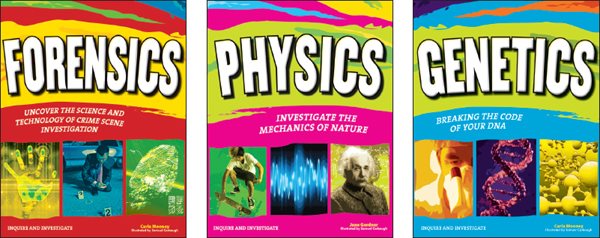
Science titles in the Inquire and Investigate series
Check out more titles at www.nomadpress.net
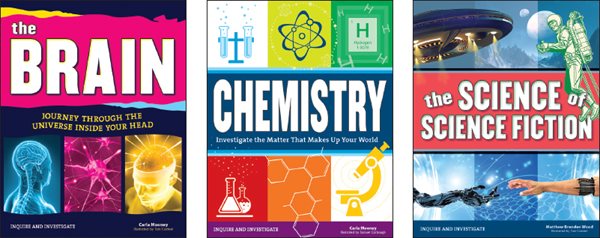
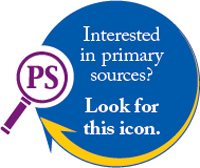 You can use a smartphone or tablet app to scan the QR codes and explore more about chemistry! Cover up neighboring QR codes to make sure youre scanning the right one. You can find a list of each URL on the Resources page.
You can use a smartphone or tablet app to scan the QR codes and explore more about chemistry! Cover up neighboring QR codes to make sure youre scanning the right one. You can find a list of each URL on the Resources page.
If the QR code doesnt work, try searching the Internet with the Keyword Prompts to find other helpful sources. 
Contents
Introduction
Chemistry Matters!
Chapter 1
Atoms, Elements, and the Periodic Table
Chapter 2
States of Matter: Gases, Liquids, and Solids
Chapter 3
Changing States of Matter
Chapter 4
Compounds, Mixtures, and Solutions
Chapter 5
Chemical Reactions
Chapter 6
Acids and Bases
Chapter 7
The Nucleus and Radioactivity
Chapter 8
Other Branches of Chemistry
460 BCE370 BCE | Democritus of ancient Greece introduces the idea of matter in the form of particles, which he calls atoms. He proposes that all matter is made up of these tiny units. |
300 BCE | Aristotle of ancient Greece declares that there are only four elements: fire, air, water, and earth. He believes that all matter is made from these four elements. |
300 BCE | For many centuries, early chemists called alchemists unsuccessfully attempt to change lead and other metals into gold. They are also unsuccessful in attempts to create an elixir of life that would cure all illnesses and enable people to live longer. |
1662 | Sir Robert Boyle develops fundamental gas laws and defines the inverse relationship between pressure and any gas, which would become known as Boyles law. |
1702 | Georg Stahl names phlogiston, the substance he believes is released during the process of burning. |
1754 | Joseph Black identifies carbon dioxide gas, which he calls fixed air. |
1774 | Joseph Priestley discovers oxygen, carbon monoxide, and nitrous oxide. |
1787 | Antoine Laurent Lavoisier publishes his system for classifying and naming chemical substances. He is later known as the father of chemistry. |
1803 | John Dalton develops a theory that matter is made of atoms of different weights and is combined in ratios by weight. He also proposes that atoms are spherical and are in motion. |
1809 | Joseph Louis Gay-Lussac shows that when gases combine, they do so in simple ratios by volume, which is later known as his law of combining volumes. |
1828 | Friedrich Whler synthesizes urea, proving that organic compounds can be produced from inorganic materials. |
1865 | Johann Josef Loschmidt determines the exact number of molecules in a mole, later called Avogadros number. |
1869 | Dmitri Mendeleev publishes the first modern periodic table to classify elements. The table allows scientists to predict the properties of undiscovered elements. |
1884 | Henry Louis Le Chatelier develops Le Chateliers principle to explain how chemical equilibrium responds to external stresses. |
1898 | J.J. Thomson discovers the electron. |
1898 | Marie Curie and her husband, Pierre, isolate the element radium. Because they do not know about the danger of radioactivity, they work without any protection. |
1900 | Ernest Rutherford discovers that decaying atoms create radioactivity. |
1906 | Frederick Soddy observes chemically identical elements with different atomic weights and names them isotopes. |
1908 | Robert Millikan measures the charge of a single electron. |
1909 | S.P.L. Sorensen invents the idea of pH and develops methods for measuring acidity. |
1911 | Ernest Rutherford, Hans Geiger, and Ernest Marsden prove the nuclear model of the atom, which has a small, dense, positively charged nucleus surrounded by an electron cloud. |
1913 | Niels Bohr proposes the Bohr atomic model. His model shows electrons traveling in orbits around an atoms nucleus. Bohr proposes that an atoms chemical properties are determined by how many electrons are in its outer orbits. |
1932 | James Chadwick discovers the neutron. |
1936 | Scientists confirm the creation of the first synthetic element, technetium. |
1938 | Otto Hahn discovers the process of nuclear fission. |
1938 | Linus Pauling publishes his work on chemical bonds. |
1949 | Willard Libby develops radiocarbon dating. |
1965 | Robert Woodward wins the Nobel Prize for his syntheses of compounds such as cholesterol, quinine, chlorophyll, and cobalamin. |
2014 | Scientists report that acid rain has changed the water chemistry of many of Canadas lakes, which has led to an increase in a tiny plankton coated in gel. Increased numbers of these tiny organisms make the lakes appear as if they have transformed into jelly. |
2015 | Chemists successfully use synthetic nanoparticles to deliver therapies to the livers of patients with liver cancer. The therapies suppress their tumors. |
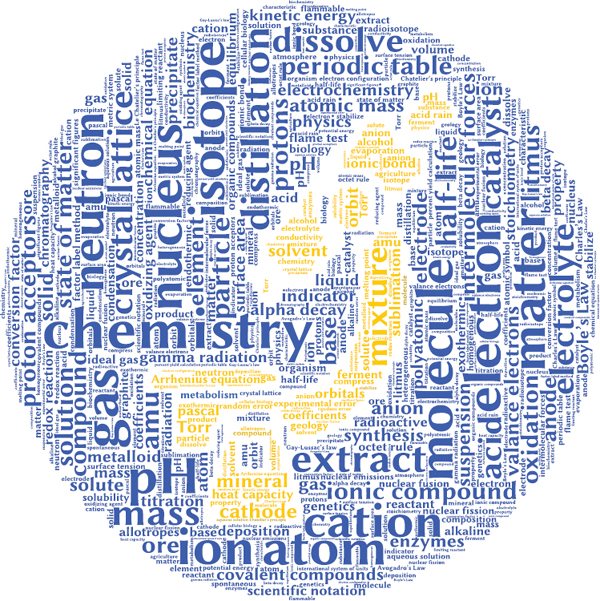
Introduction
Chemistry Matters!

Next page
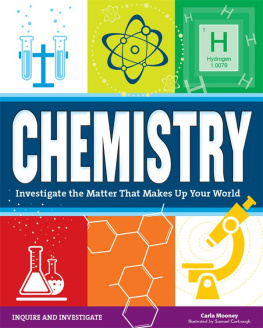
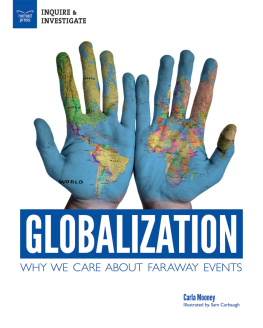
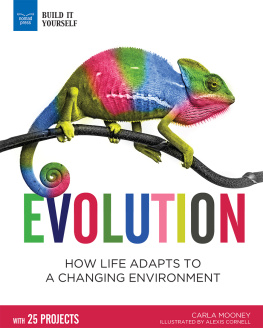
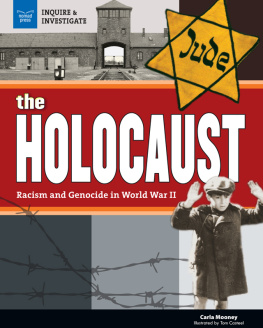

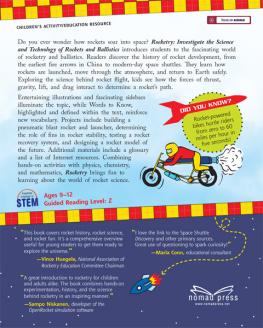


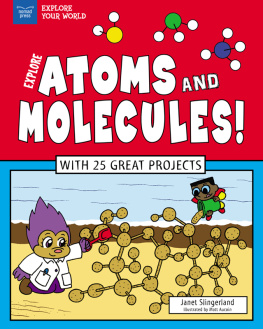
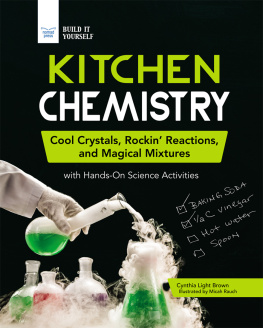
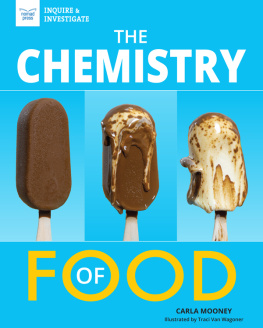
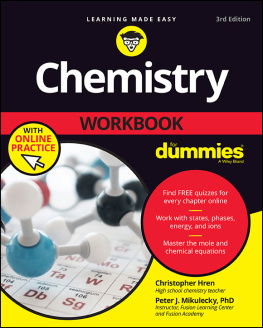
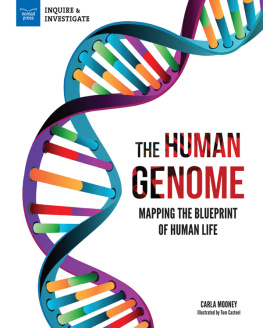

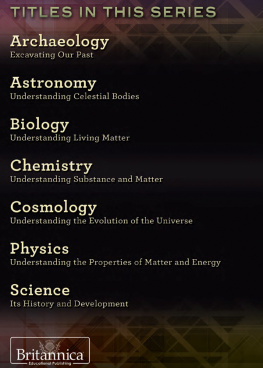
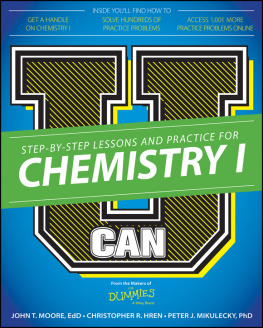

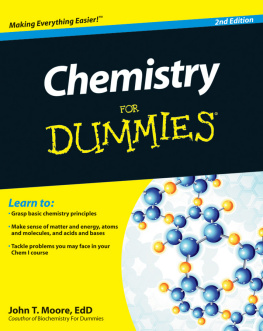



 You can use a smartphone or tablet app to scan the QR codes and explore more about chemistry! Cover up neighboring QR codes to make sure youre scanning the right one. You can find a list of each URL on the Resources page.
You can use a smartphone or tablet app to scan the QR codes and explore more about chemistry! Cover up neighboring QR codes to make sure youre scanning the right one. You can find a list of each URL on the Resources page.


